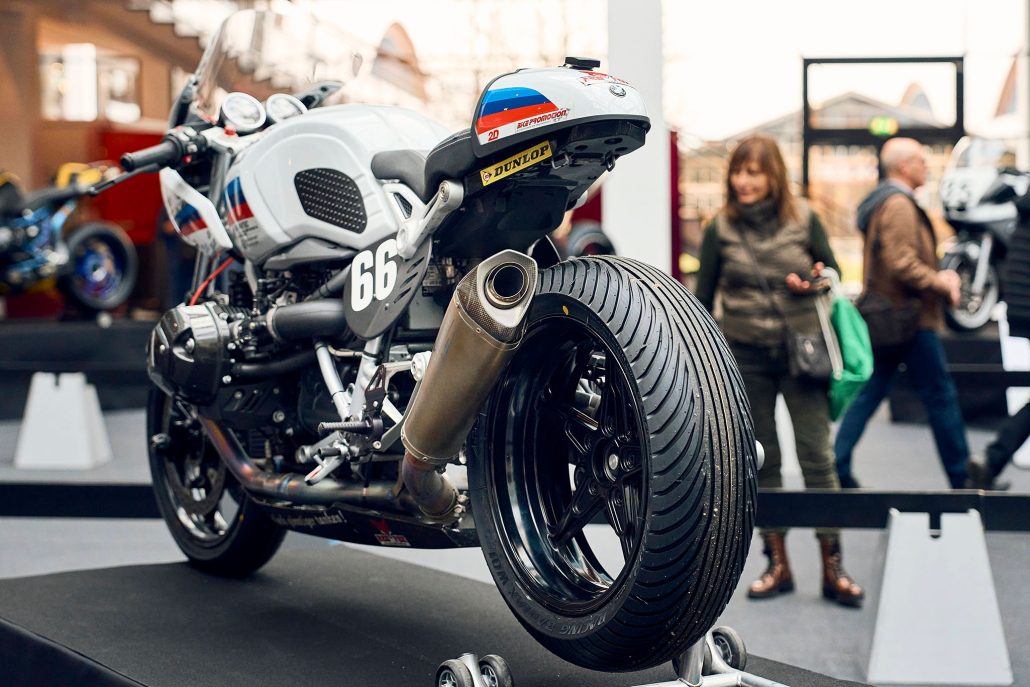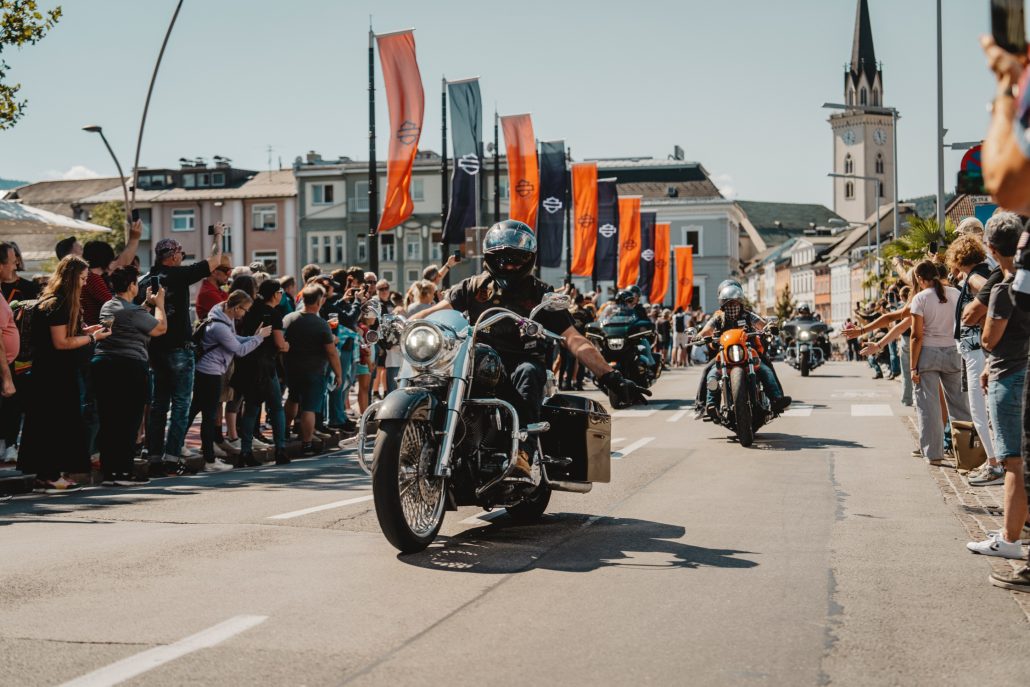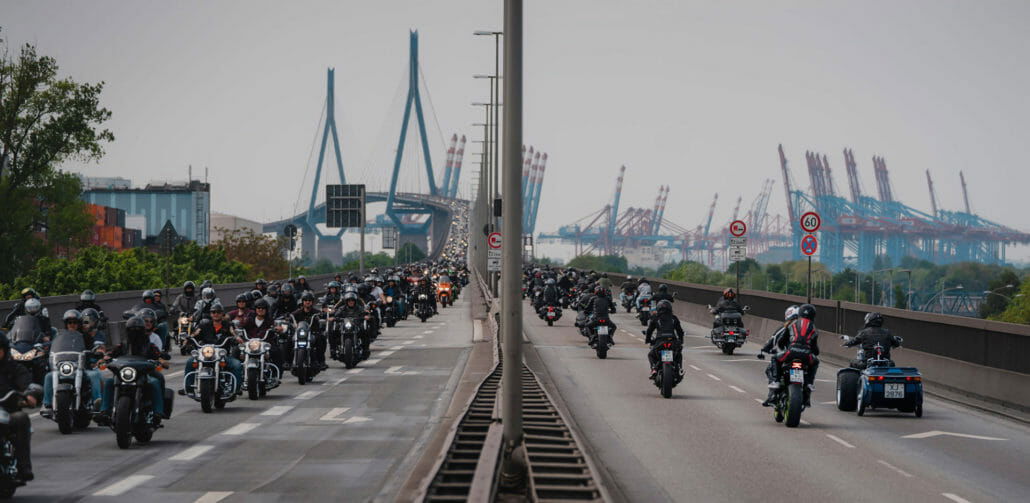The first steps into motorcycle history
The Yamaha R1 has shaped the motorcycling landscape with constant innovation and impressive performance since its first appearance on the market in 1998. The combination of speed, power and technology has made it an icon.
Its first incarnation offered a sophisticated 998 cc liquid-cooled four-cylinder with 20 valves and dual overhead camshafts, a marvel impressive in its compactness and lightness. The intake ports, specially designed and equipped with five valves per cylinder, promoted powerful torque.
The Yamaha R1 represented something new in the sport bike industry. The highlight of it was project manager Kunihiko Miwa’s design of a transmission with a vertical mounting position, a first for a production motorcycle. This design reduced the size and weight of the engine and allowed for a longer swingarm, resulting in improved traction without affecting the usual wheelbase for sport bikes.
Revolution in design and winning on the race track
In addition to the unique engine, the 1998 R1 featured an all-new aluminum Deltabox II chassis, a robust aluminum swingarm, a Yamaha monoshock suspension strut and a 41-millimeter diameter upside-down fork developed in collaboration with Öhlins. Despite its light weight of only 177 kilograms (about 390 pounds), the R1 produced an impressive 150 horsepower (148 hp, 110 kW).
The R1 also attracted attention on the racetrack. In 1999, it dominated the legendary Isle of Man TT. David Jefferies led it to victory in the Formula 1 class and set a new lap record with a speed of 121.235 miles per hour. He also won the Senior and Production classes, confirming the R1’s suitability for racing.
The continuous improvement
Further development of the R1 was not slow in coming. In 2000, more than 250 parts were revised, including the engine and chassis. In addition, the fairing was optimized for better aerodynamics and a new titanium exhaust was introduced.
In 2002, the next generation R1 was introduced. Led by project manager Yoshikazu Koike, the new model featured a pioneering vacuum-controlled fuel injection system that allowed for better power delivery. The Deltabox III frame was lighter and offered 30% greater torsional rigidity.
Breakthroughs and innovations in the 2000s
Development of the R1 never stood still, and in 2004 Yamaha introduced the fourth generation, equipped with an all-new engine that had a larger bore and shorter stroke, a closed cylinder head, cracked connecting rods and a RAM-Air intake system. For the first time, a production motorcycle achieved a 1:1 power-to-weight ratio, thanks to the 180 hp (177.5 hp, 132 kW) of the newly developed powertrain.
The 2007 R1 featured Yamaha’s innovative YCC-T ride-by-wire throttle control and electronically controlled variable intake system (YCC-I). Project manager Makato Shimamoto unveiled a new four-valve engine, anti-hopping clutch and improved chassis, including better brakes and a narrower fairing. The evolution of the R1 was now not just a matter of speed and torque, but also of technology and handling.
The revolution in crossplane technology
The year 2009 marked a turning point in the history of the R1. Yamaha introduced its revolutionary Crossplane crankshaft technology, which was first used in MotoGP racing. With the Crossplane technology, project leader Toyoshi Nishida wanted to achieve a more harmonious, linear power delivery to better control the machine. The response to the Crossplane R1 was overwhelming, and the technology has had a permanent place in the R1 family ever since.
The turn of the decade brought further advances. In 2012, Yamaha introduced traction control to the R1 and improved suspension settings. The 2015 generation, led by Hideki Fujiwara, took the R1 a step further and made it one of the most advanced sportbikes on the market. It featured a comprehensive electronic rider assistance package, including an Inertial Measurement Unit (IMU), Slide Control System (SCS), Lift Control System (LIF), Launch Control System (LCS) and Quick Shift System (QSS).
The current days and beyond
Recent developments on the Yamaha R1 and R1M have raised the bar even higher. With a combination of aerodynamic improvements, updated electronics and rideability enhancements, the R1 is a force to be reckoned with even in its current form. Only time will tell where the journey will take it, but you can definitely look forward to seeing what the next generation has to offer.
Yamaha celebrates 25 years of the R1 at the Yamaha Racing Experience
This year, Yamaha Motor Europe is celebrating the 25th birthday of the R1 and paying tribute to this technical masterpiece with special events at the Yamaha Racing Experience (YRE) on July 21 and 22. At the historic Mugello Circuit in Italy, some of Yamaha’s best-known personalities and avid fans will come together to celebrate this remarkable motorcycle.
In 2023, for the first time, the YRE will also open its doors to R1 model owners to properly celebrate this important event. R1 owners will have the opportunity to participate in a full two-day program with 25 reserved seats. They will have the opportunity to join R1M customers in experiencing the full range of the Yamaha Racing Experience. This includes track rides on both days, consultations with Yamaha racing technicians on optimal set-up, exclusive tours of the Pata Yamaha Prometeon WorldSBK team pit and much more.
There is also an option for R1 owners to attend on Saturday only. They can sign up for up to two free sessions at the track, enjoying the exciting atmosphere of the event and a behind-the-scenes look at the Pata Yamaha Prometeon Garage.
During the track sessions at the YRE, owners will have the chance to meet and ride with some of the biggest stars of the Yamaha WorldSBK team. Among the riders present will be Toprak Razgatlıoğlu and Andrea Locatelli from Team Pata Yamaha Prometon WorldSBK, Remy Gardner and Dominique Aegerter from GYTR GRT Yamaha WorldSBK Team, Lorenzo Baldassari from GMT94 Yamaha WorldSBK Team, Bradley Ray from Yamaha Motoxracing WorldSBK Team and Niccolò Canepa from YART Yamaha Official EWC Team.
The 25th anniversary celebration of the R1 is exclusively for R1 and R1M owners and is a unique opportunity to come together and celebrate the legendary R1.

- TT Isle of Man: Ride on the Edge 3 MENA Steam Key (PC) ESD










